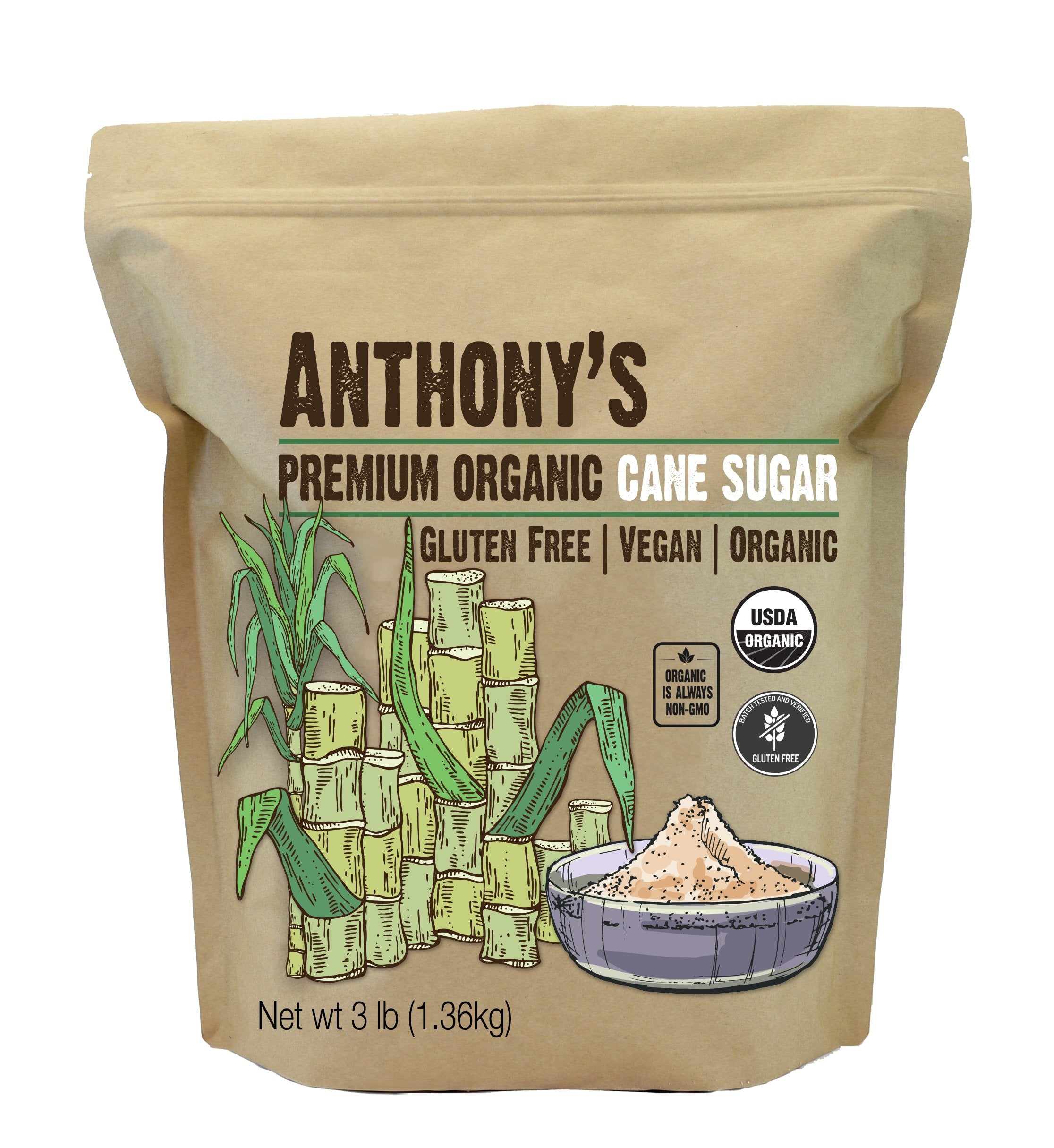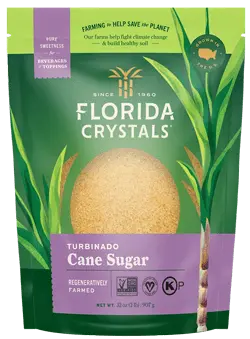Recognizing Cane Sugar Processing: A Comprehensive Summary of the Stages
Recognizing Cane Sugar Processing: A Comprehensive Summary of the Stages
Blog Article
Comprehending the Important Methods and Technologies Utilized in Modern Cane Sugar Handling
The evolution of cane sugar handling has actually been substantially shaped by the combination of sophisticated methods and innovations that deal with both effectiveness and sustainability. Enzyme-assisted removal and advanced refining methods have changed yield optimization, while automation helps with functional dependability. Furthermore, the focus on lasting methods shows a growing awareness of environmental influence. As we discover these important improvements, it ends up being essential to examine just how they not just enhance manufacturing however likewise line up with more comprehensive sector trends and consumer needs, raising inquiries about the future of sugar handling and its implications for worldwide markets.
Historic Context of Cane Sugar Handling
The historic context of walking stick sugar processing reveals an abundant tapestry of agricultural innovation and social exchange that has actually shaped its advancement over centuries. Originating in Southeast Asia, sugarcane was grown as early as 8000 BCE - Cane Sugar Processing. The procedure of drawing out and refining sugar got momentum in India, where methods for crystallization were refined around the 6th century. This knowledge passed through to the Middle East, and by the 12th century, sugar came to be a valued asset in Europe, resulting in the facility of sugar ranches in the Mediterranean.

Advanced Extraction Strategies
Efficiency in walking stick sugar extraction has seen substantial developments, driven by the demand for higher yields and reduced production costs. Typical methods have actually advanced, providing means to innovative innovations that enhance the effectiveness of the extraction process. One notable improvement is making use of enzyme-assisted removal, in which particular enzymes damage down cell walls and release more sucrose from the walking stick fibers. This strategy not only boosts sugar return however additionally minimizes the power required for handling.
Furthermore, the adoption of membrane purification innovations, such as nanofiltration and reverse osmosis, has actually reinvented the splitting up of sugar from pollutants. These approaches permit the discerning permeation of sugar molecules while retaining larger pollutants, enhancing the removal procedure and lessening waste.
Additionally, the assimilation of continual removal systems has actually caused enhanced operational efficiency. Cane Sugar Processing. These systems maintain a consistent circulation of walking stick material, ensuring optimal removal problems and minimizing downtime connected with batch handling
Ingenious Refining Technologies
Refining methods in cane sugar handling have undertaken a transformative change, driven by the demand for higher pureness and improved item high quality. One of one of the most remarkable technologies is the fostering of membrane purification innovations, such as ultrafiltration and nanofiltration. These processes properly get rid of impurities and colorants without the need for considerable chemical therapies, consequently protecting the sugar's natural flavor and boosting its allure.
One more significant improvement is making use more of ion exchange materials, which enable discerning removal of undesirable ions from sugar solutions. This modern technology not only raises the overall pureness of the last product however also adds to lowered waste and environmental impact.
Furthermore, improvements in adsorption techniques, utilizing triggered carbon and various other sophisticated materials, have actually confirmed effective in decolorizing sugar options while keeping optimal high quality. The assimilation of these innovative refining innovations makes certain that manufacturers can produce refined sugar with remarkable quality and taste, meeting the developing choices of customers.
Automation and Control Equipment
Recent developments in refining innovations have led the way for significant improvements in automation and control systems within cane sugar processing centers. These systems make use of sophisticated software program and hardware to enhance operational effectiveness, lower human error, and guarantee regular item high quality.
Modern automation incorporates different elements, including sensing units, actuators, and programmable reasoning controllers (PLCs), allowing real-time tracking and control of important procedures. For example, circulation, pressure, and temperature rates can be specifically managed throughout extraction, information, and condensation stages, enhancing efficiency and lessening waste.
Additionally, advanced data analytics and artificial intelligence formulas play an essential function navigate to this site in predictive upkeep, allowing drivers to prepare for devices failings before they occur. This aggressive method not only lowers downtime however also prolongs the lifespan of equipment.
Additionally, automation facilitates the execution of Market 4.0 principles, equipping sugar mills to achieve higher connectivity and information exchange across procedures. As a result, decision-making comes to be more agile and educated, ultimately boosting the overall competition of cane sugar manufacturing. With these developments, the sector is well-positioned to meet growing international demands while keeping operational quality.
Sustainability Practices in Sugar Manufacturing
Sustainability practices in sugar manufacturing have actually become progressively essential as the market looks for to balance financial practicality with ecological responsibility. As consumer recognition grows regarding the environmental influences of agricultural methods, sugar manufacturers are taking on innovative methods to minimize their ecological footprint.
One substantial method is the application of accuracy agriculture techniques, which use information analytics to maximize resource usage, such as water and plant foods. This lowers waste and minimizes the effect on regional ecosystems. Furthermore, numerous producers are transitioning to renewable resource sources, such as biomass from sugarcane byproducts, to power their operations, consequently reducing dependence on nonrenewable fuel sources.
Water monitoring practices are additionally important; rainwater harvesting and effective watering systems assist reduce water deficiency issues. Cane Sugar Processing. Additionally, integrated pest monitoring approaches lower chemical use, advertising biodiversity and soil health
Corporate social duty campaigns are emerging, with companies purchasing neighborhood neighborhoods and making sure fair labor practices. By welcoming these sustainability methods, the sugar market not just boosts its track record however also adds to a much more sustainable farming landscape, paving the way for future generations.

Conclusion
In summary, modern walking stick sugar processing integrates a series of innovative strategies and modern technologies that significantly enhance sustainability, yield, and effectiveness. The adoption of ingenious extraction and refining techniques, together with automation and control systems, assists in enhanced operational performance and product quality. Furthermore, the focus on lasting methods highlights a commitment to minimizing environmental influence and advertising honest production. Collectively, these innovations place the walking stick sugar industry to fulfill modern demands while dealing with crucial global obstacles.
The advancement of walking stick sugar processing has actually been considerably formed by the combination of innovative techniques and innovations that address both effectiveness and this contact form sustainability.The historic context of walking stick sugar handling exposes an abundant tapestry of agricultural advancement and cultural exchange that has formed its development over centuries. Advancements in milling and refining emerged, laying the groundwork for contemporary walking cane sugar processing.Refining methods in walking cane sugar processing have undertaken a transformative shift, driven by the demand for greater pureness and improved product high quality.In recap, modern walking stick sugar handling incorporates a range of sophisticated methods and technologies that considerably boost yield, sustainability, and effectiveness.
Report this page